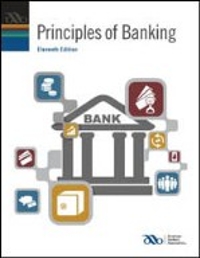Answered step by step
Verified Expert Solution
Question
1 Approved Answer
You-Bee Enterprises, Inc. is considering a new three-year expansion project with the relevant cash flows below. Calculate the projects NPV and IRR. Should You-Bee accept
- You-Bee Enterprises, Inc. is considering a new three-year expansion project with the relevant cash flows below.
Calculate the projects NPV and IRR. Should You-Bee accept or reject this project based on your calculations? Please use the Excel template provided to answer this problem.
- The required return is 12%.
- The tax rate is 21%.
- The project requires an initial fixed asset investment of $2.32 million, and the fixed asset will have a market value of $180,000 at the end of the project (salvage value). The fixed asset falls into the three-year MACRS class. [This is the fixed asset part of the cash flow.]
- The project is estimated to generate $1.735 million in annual sales, with costs of $650,000. [This is the OCF part of cash flow.]
- The project requires an initial investment in net working capital of $250,000, which will be fully recovered at the end of the project. [This is the change in net working capital part of cash flow.]
- Note: the Excel template provides a step-by-step analysis to accepting or rejecting this project. The first spreadsheet calculates the depreciation using MACRS. Then the pro forma income statement calculates the projected net income for the project for the three years of the life of the project. Then the projected cash flows spreadsheet combines all of the relevant cashflow from the three components of project cash flow and calculates the NPV and IRR.
Please fill out the following spreadsheets:



Step by Step Solution
There are 3 Steps involved in it
Step: 1

Get Instant Access to Expert-Tailored Solutions
See step-by-step solutions with expert insights and AI powered tools for academic success
Step: 2

Step: 3

Ace Your Homework with AI
Get the answers you need in no time with our AI-driven, step-by-step assistance
Get Started


